-
 Bitcoin
Bitcoin $111,259.5910
2.32% -
 Ethereum
Ethereum $2,789.1977
6.17% -
 Tether USDt
Tether USDt $1.0006
0.06% -
 XRP
XRP $2.4172
3.88% -
 BNB
BNB $671.6585
1.21% -
 Solana
Solana $157.1336
2.90% -
 USDC
USDC $1.0001
0.02% -
 TRON
TRON $0.2913
1.52% -
 Dogecoin
Dogecoin $0.1809
5.04% -
 Cardano
Cardano $0.6213
4.40% -
 Hyperliquid
Hyperliquid $41.7572
6.29% -
 Sui
Sui $3.1623
8.35% -
 Bitcoin Cash
Bitcoin Cash $513.7819
1.17% -
 Chainlink
Chainlink $14.2966
1.64% -
 Stellar
Stellar $0.2904
9.82% -
 UNUS SED LEO
UNUS SED LEO $8.9624
-0.86% -
 Avalanche
Avalanche $19.4161
5.41% -
 Hedera
Hedera $0.1754
8.17% -
 Shiba Inu
Shiba Inu $0.0...01243
4.58% -
 Toncoin
Toncoin $2.8743
2.25% -
 Litecoin
Litecoin $90.6242
3.12% -
 Monero
Monero $328.7483
3.34% -
 Polkadot
Polkadot $3.6433
5.06% -
 Dai
Dai $1.0002
0.02% -
 Ethena USDe
Ethena USDe $1.0011
0.06% -
 Uniswap
Uniswap $8.3418
8.66% -
 Bitget Token
Bitget Token $4.4331
2.68% -
 Pepe
Pepe $0.0...01102
8.17% -
 Aave
Aave $297.1705
-0.69% -
 Pi
Pi $0.4712
1.31%
How to create an NFT collection of 10,000?
A 10,000 NFT collection uses generative art and smart contracts to create unique digital assets, often leveraging tools like HashLips, ERC-721A standards, and platforms like OpenSea for minting and distribution.
Jul 10, 2025 at 07:49 pm
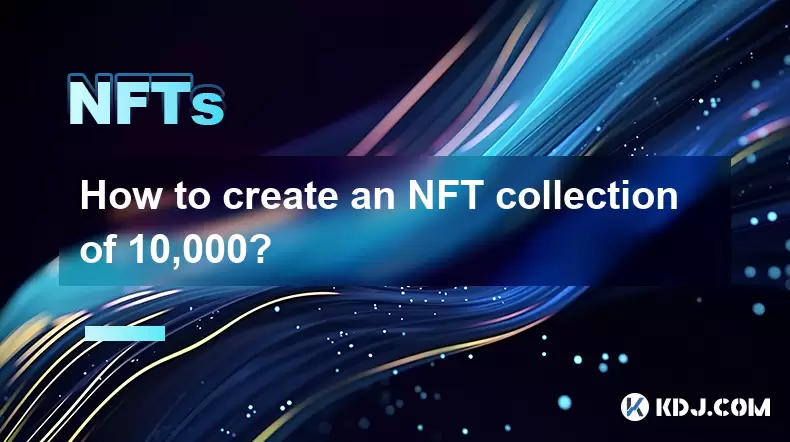
Understanding the Concept of a 10,000 NFT Collection
Creating an NFT collection of 10,000 items has become a popular trend in the blockchain space. This number is not arbitrary; it aligns with the structure of successful projects like Bored Ape Yacht Club and CryptoPunks, which often use generative art algorithms to create unique digital assets at scale. The key idea behind such collections is to produce a large volume of distinct tokens that can be sold or traded on NFT marketplaces.
Each NFT within the collection typically features a combination of traits generated from layers (e.g., background, body, eyes, clothing). These traits are randomized using code to ensure uniqueness across the entire set. Before diving into creation steps, it’s essential to understand the tools and platforms involved in minting and deploying thousands of NFTs efficiently.
Selecting the Right Tools and Platforms
To start building your 10,000 NFT collection, you’ll need several critical components:
- Art Generation Software: Tools like HashLips Art Engine or Genkit allow creators to generate thousands of images by combining different visual layers.
- Smart Contract Frameworks: Platforms like OpenZeppelin provide templates for creating Ethereum-based smart contracts compatible with standards like ERC-721 or ERC-1155.
- Blockchain Network: Most NFTs are deployed on Ethereum, but alternatives like Polygon or Solana offer lower gas fees and faster transactions.
- Minting Platforms: Marketplaces like OpenSea, Rarity.tools, or Mintable support bulk uploads and minting processes for large-scale collections.
Make sure to choose a platform that supports bulk uploading and lazy minting to avoid high upfront costs when launching your collection.
Designing and Generating the Art Assets
The artistic foundation of your NFT collection lies in designing layered attributes that will be combined programmatically. Here’s how to proceed:
- Create individual image layers (e.g., backgrounds, accessories) using graphic design software like Adobe Photoshop or Procreate.
- Ensure each layer is transparent and saved in PNG format for seamless overlay.
- Organize these layers into folders based on trait types (e.g., "Background", "Eyes", "Clothing").
- Use a generation tool like HashLips Art Engine to randomize combinations and avoid duplicates.
Once the engine generates all variations, review the output thoroughly. You may want to remove any undesirable combinations manually before finalizing the batch.
Setting Up the Smart Contract
After generating the artwork, the next step involves writing and deploying a smart contract on a blockchain network. Here's what you need to do:
- Choose a development environment like Remix IDE or Hardhat for Ethereum-based contracts.
- Use a template for ERC-721A (optimized for gas-efficient minting) or ERC-721 if you're targeting compatibility with most marketplaces.
- Define parameters such as total supply (10,000), mint price, and metadata URI pointing to IPFS.
- Deploy the contract via services like Alchemy or Infura after testing locally using Ganache.
Ensure the contract includes functions for minting, setting base URIs, and revealing metadata once minting is complete.
Minting and Launching Your Collection
With the contract deployed and the images ready, it’s time to mint and launch your NFT collection:
- Upload all generated images and JSON metadata files to IPFS using tools like Pinata or NFT.Storage.
- Update the contract with the correct base URI so it can fetch metadata during minting.
- Configure a whitelist or public sale strategy depending on your distribution plan.
- Integrate your wallet (e.g., MetaMask) with your chosen marketplace and connect it to the smart contract.
- Initiate the minting process either through a custom frontend or directly on the contract interface.
If you're listing on OpenSea, ensure the collection is verified and the floor price is set appropriately.
Distributing and Marketing Your NFT Collection
Launching your collection successfully requires more than just technical setup — it also needs effective marketing strategies:
- Build a community around your project using Discord, Twitter, and Telegram.
- Collaborate with influencers or other NFT creators to boost visibility.
- Run giveaways or pre-sale events for early supporters.
- Submit your project to NFT tracking platforms like DappRadar or Rarity.tools.
- Maintain transparency about roadmap updates and future plans.
Engaging with potential buyers early ensures better traction during and after the minting phase.
Frequently Asked Questions
Q: Can I create a 10,000 NFT collection without coding skills?
Yes, there are no-code platforms like Genkit or NiftyKit that simplify the creation process. However, understanding the basics of smart contracts and metadata structures is beneficial for troubleshooting.
Q: How much does it cost to deploy a 10,000 NFT collection on Ethereum?
Gas fees vary depending on network congestion. Using ERC-721A reduces costs significantly compared to standard ERC-721. Expect initial deployment fees between $50–$200, with additional costs for metadata hosting and minting.
Q: What file formats are supported for NFT metadata and images?
Metadata should be in JSON format, while images are best stored as PNG or JPEG files. SVG files are also supported but less common due to rendering inconsistencies across wallets.
Q: Is it necessary to reveal NFT metadata after minting?
Not always. Some projects use hidden metadata until a specific event (like a reveal date), adding mystery and excitement. However, this requires careful planning in your smart contract logic.
Disclaimer:info@kdj.com
The information provided is not trading advice. kdj.com does not assume any responsibility for any investments made based on the information provided in this article. Cryptocurrencies are highly volatile and it is highly recommended that you invest with caution after thorough research!
If you believe that the content used on this website infringes your copyright, please contact us immediately (info@kdj.com) and we will delete it promptly.
- US Mint 2025 Coin Set: A Collector's Must-Have
- 2025-07-11 00:50:13
- Crypto-Backed Borrowing on the Rise: Nexo's YoY Surge and What It Means
- 2025-07-11 01:10:13
- Bitcoin Miners, Altcoin Investments, and the Solana Surge: Navigating the Cryptocurrency Landscape
- 2025-07-11 00:30:12
- GMX Crypto Theft on Ethereum Arbitrum: A $42 Million Wake-Up Call
- 2025-07-11 00:30:12
- DNA Coin, Biotech Streaming, and Real-World Assets: A New Frontier?
- 2025-07-10 22:30:13
- Transak, HYPE Token, and the Hyperliquid Ecosystem: A Deep Dive
- 2025-07-10 23:10:13
Related knowledge
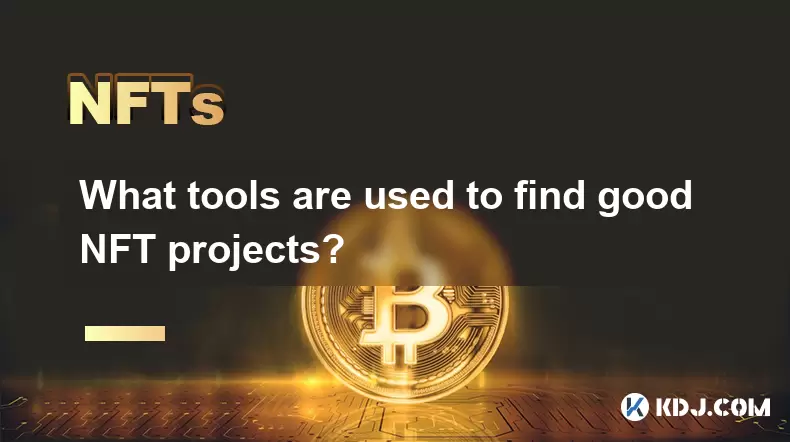
What tools are used to find good NFT projects?
Jul 10,2025 at 12:42pm
Understanding the Importance of NFT DiscoveryIdentifying promising NFT projects is a critical skill for collectors, investors, and creators within the...
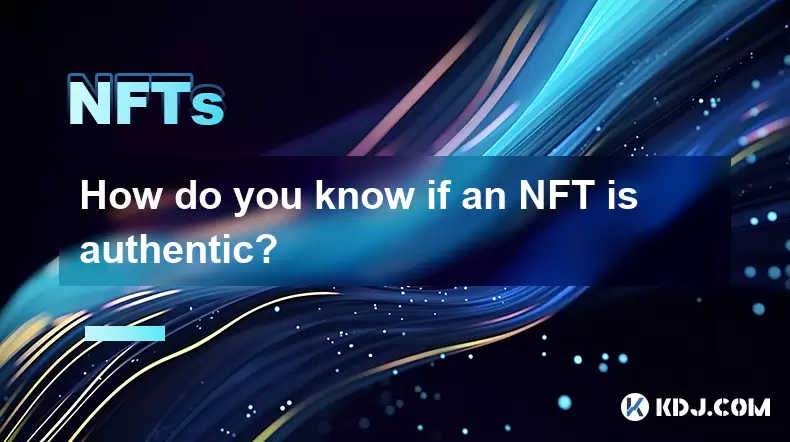
How do you know if an NFT is authentic?
Jul 10,2025 at 06:35pm
Understanding the Basics of NFT AuthenticityTo determine whether an NFT is authentic, it’s essential to first understand what makes a non-fungible tok...
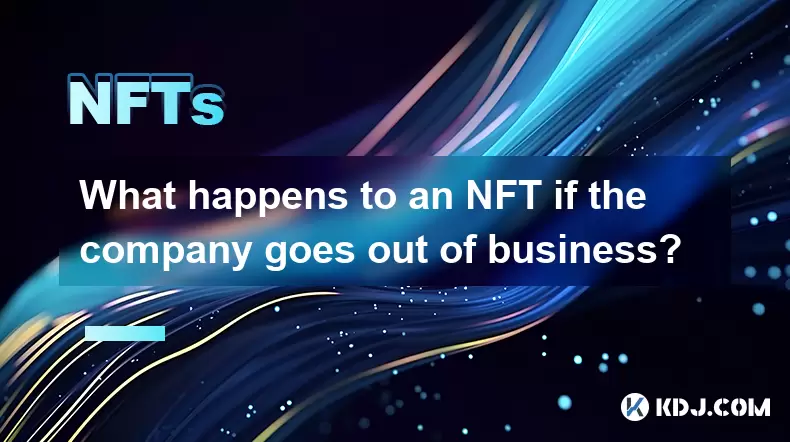
What happens to an NFT if the company goes out of business?
Jul 10,2025 at 01:36pm
Understanding the Nature of NFTsNon-Fungible Tokens (NFTs) are digital assets that represent ownership of a unique item or piece of content, such as a...
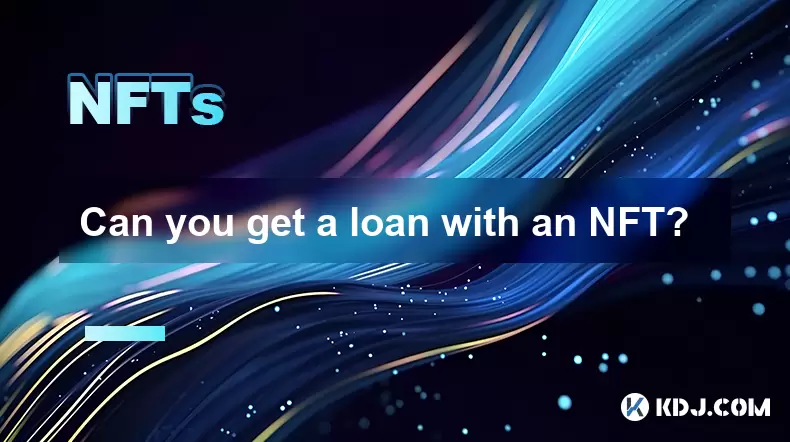
Can you get a loan with an NFT?
Jul 10,2025 at 12:08pm
What is an NFT and How Does It Function as Collateral?Non-Fungible Tokens (NFTs) have evolved beyond digital collectibles and art. These blockchain-ba...

How to create an NFT collection of 10,000?
Jul 10,2025 at 07:49pm
Understanding the Concept of a 10,000 NFT CollectionCreating an NFT collection of 10,000 items has become a popular trend in the blockchain space. Thi...
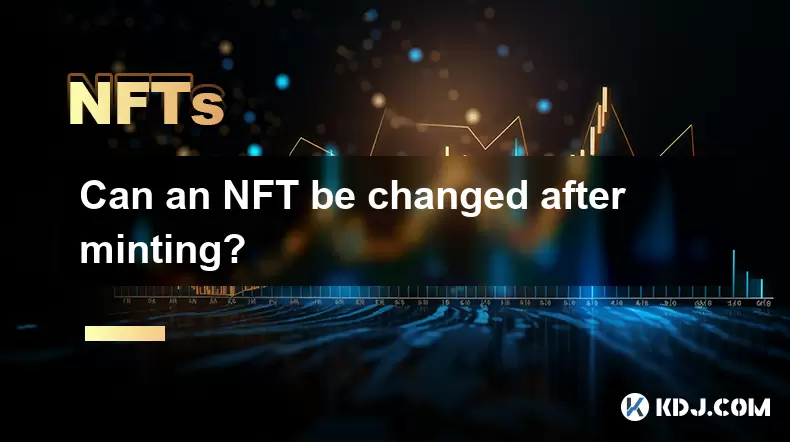
Can an NFT be changed after minting?
Jul 09,2025 at 02:42pm
Understanding the Immutability of NFTsOnce an NFT (Non-Fungible Token) is minted, it becomes a permanent entry on the blockchain. The data associated ...

What tools are used to find good NFT projects?
Jul 10,2025 at 12:42pm
Understanding the Importance of NFT DiscoveryIdentifying promising NFT projects is a critical skill for collectors, investors, and creators within the...

How do you know if an NFT is authentic?
Jul 10,2025 at 06:35pm
Understanding the Basics of NFT AuthenticityTo determine whether an NFT is authentic, it’s essential to first understand what makes a non-fungible tok...

What happens to an NFT if the company goes out of business?
Jul 10,2025 at 01:36pm
Understanding the Nature of NFTsNon-Fungible Tokens (NFTs) are digital assets that represent ownership of a unique item or piece of content, such as a...

Can you get a loan with an NFT?
Jul 10,2025 at 12:08pm
What is an NFT and How Does It Function as Collateral?Non-Fungible Tokens (NFTs) have evolved beyond digital collectibles and art. These blockchain-ba...

How to create an NFT collection of 10,000?
Jul 10,2025 at 07:49pm
Understanding the Concept of a 10,000 NFT CollectionCreating an NFT collection of 10,000 items has become a popular trend in the blockchain space. Thi...

Can an NFT be changed after minting?
Jul 09,2025 at 02:42pm
Understanding the Immutability of NFTsOnce an NFT (Non-Fungible Token) is minted, it becomes a permanent entry on the blockchain. The data associated ...
See all articles





















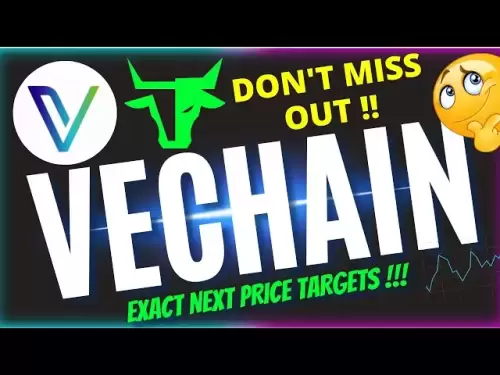

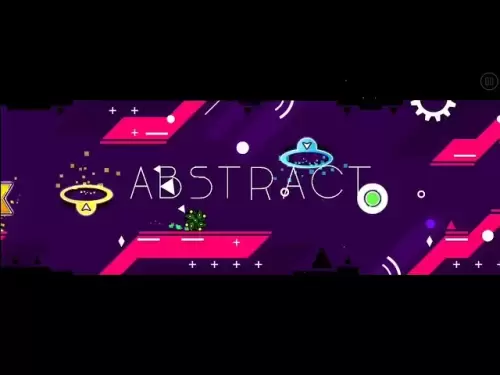
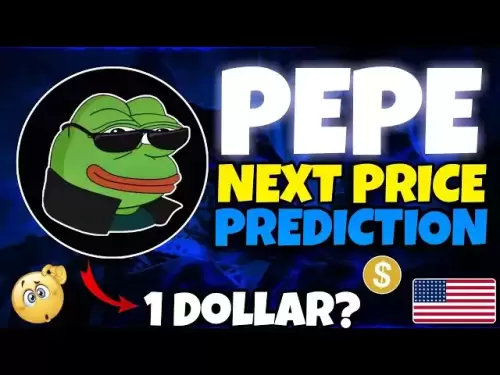
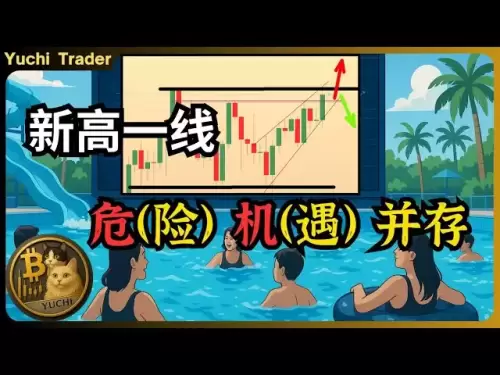
![Bitcoin is about to plummet and get 9-7W long-term short orders [Chainblade’s latest market BTC technical analysis] July 10, 2025 Bitcoin is about to plummet and get 9-7W long-term short orders [Chainblade’s latest market BTC technical analysis] July 10, 2025](/uploads/2025/07/10/cryptocurrencies-news/videos/bitcoin-plummet-w-term-short-chainblade-market-btc-technical-analysis-july/686f8f4c58e52_image_120_90.webp)






























































